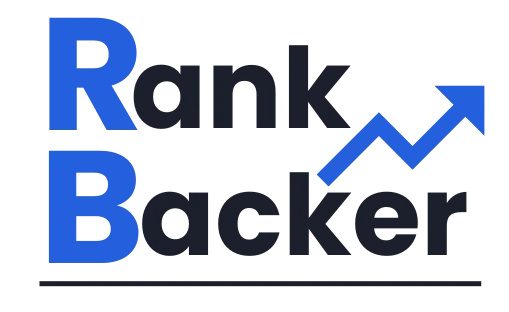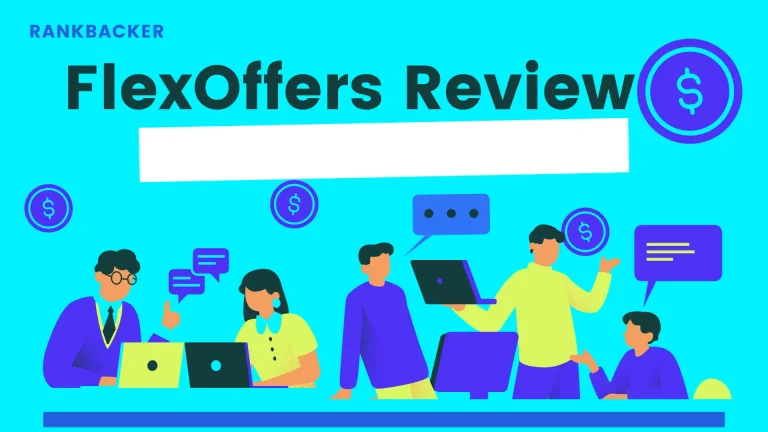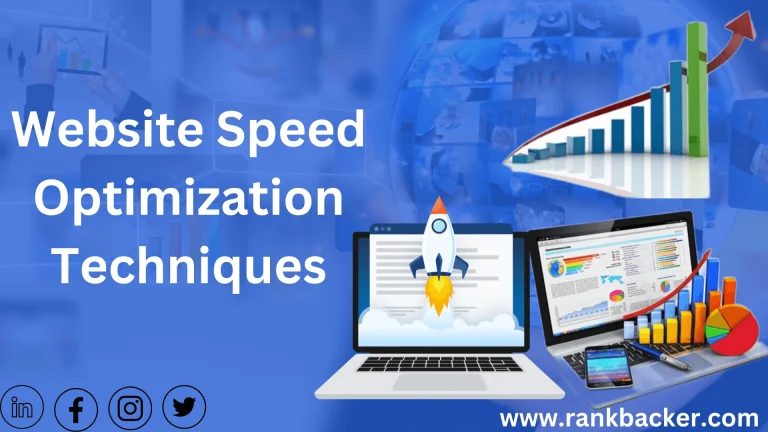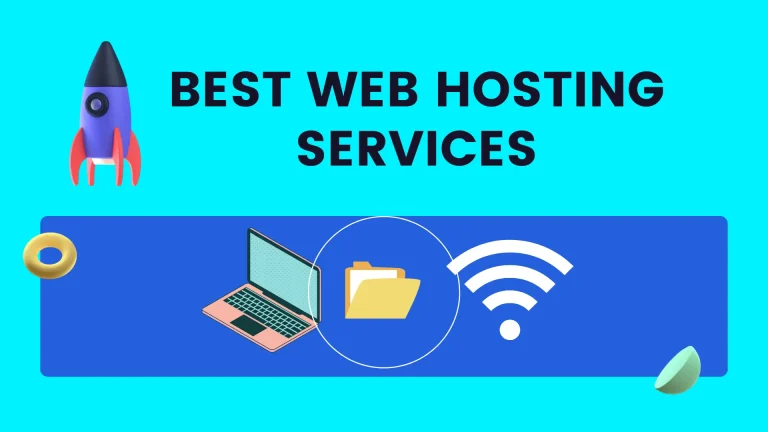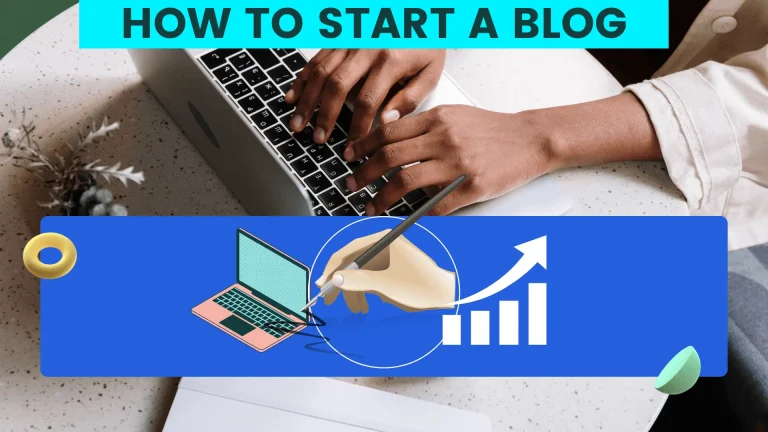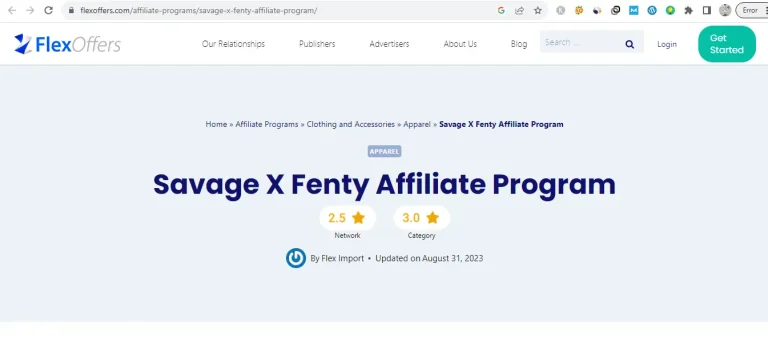Key Parts of Blogging

What is Blogging?
Blogging is the act of creating and publishing content on a blog, which is an online platform where writers or content creators can share their thoughts, opinions, and expertise on a wide range of topics.
A blog typically consists of a series of posts, which can be written in a variety of formats such as text, images, videos, and audio. Blogs can cover a wide range of topics, including news, current events, personal stories, hobbies, interests, and professional expertise.
Blogging has become increasingly popular in recent years as more people have turned to the internet to consume and share information. Many bloggers have built large audiences and even turned their blogs into full-time careers through monetization strategies like advertising, affiliate marketing, and sponsored content.
Blogging also has benefits beyond just creating content and generating income. It can be a powerful tool for building a personal brand, sharing knowledge and expertise, and connecting with like-minded individuals and communities online.
Overall, blogging offers a versatile and accessible way for anyone to share their ideas and perspectives with the world and can be a valuable tool for personal and professional growth.
Following are some of the key parts of blogging
- Content Creation: One of the most important features of blogging is creating high-quality content that engages and informs your audience. This involves researching and developing ideas for blog posts, writing and editing content, and incorporating images and other media to enhance the user experience.
- Search Engine Optimization (SEO): Another important part of blogging is optimizing your content for search engines to help it rank higher in search results. This includes researching keywords, optimizing headlines and meta descriptions, and building internal and external links to improve your website’s search ranking.
- Audience Engagement: Building a relationship with your audience is a crucial feature of successful blogging. This involves responding to comments and feedback, promoting your content on social media, and actively engaging with your audience to build a sense of community.
- Monetization: Many bloggers aim to monetize their content through various methods, such as advertising, affiliate marketing, and sponsored content. This involves developing a strategy for monetizing your blog and working with partners and advertisers to generate revenue.
- Analytics and Metrics: Tracking and analyzing the performance of your blog is an important part of understanding your audience and improving your content strategy. This involves monitoring website traffic, engagement metrics, and other key performance indicators to identify areas for improvement and optimize your content strategy.
Overall, these parts of blogging reflect the various aspects of creating and managing a successful blog, from content creation to audience engagement and monetization.
How Blogging Works?
Blogging works by creating and publishing content on a blog, which is an online platform that allows writers or content creators to share their thoughts, opinions, and expertise with an audience.
Here are the basic steps of how blogging works:
- Choose a Blogging Platform: There are many blogging platforms available, such as WordPress, Blogger, and Tumblr. Choose a platform that fits your needs and offers the features you want.
- Set up Your Blog: Once you have chosen a platform, set up your blog by selecting a domain name and hosting provider, and customizing the design and layout of your blog.
- Create Content: The heart of any blog is its content. Create blog posts that are informative, engaging, and relevant to your target audience. Consider incorporating images, videos, and other media to enhance your content.
- Optimize for SEO: To help your content rank higher in search engine results, optimize your blog for search engine optimization (SEO). This involves researching keywords, optimizing headlines and meta descriptions, and building internal and external links.
- Promote Your Blog: Promote your blog through social media, email newsletters, and other channels to drive traffic and build your audience.
- Engage with Your Audience: Respond to comments and feedback, build a sense of community, and engage with your audience to build a loyal following.
- Monetize Your Blog: Many bloggers aim to monetize their blogs through advertising, affiliate marketing, and sponsored content. Develop a monetization strategy that fits your goals and audience.
Overall, blogging requires a combination of writing, technical, and marketing skills. By creating high-quality content, optimizing for SEO, and engaging with your audience, you can build a successful blog that reaches a wide audience and achieves your goals.
Blogging Vs traditional websites
Blogging and traditional websites differ in their purpose, structure, and content. While traditional websites typically serve as static sources of information, blogs are designed for more dynamic and interactive content.
Here are some key differences between blogging and traditional websites:
- Purpose: Traditional websites are typically designed to provide static information about a business, organization, or individual. In contrast, blogs are designed for regular updates and engagement with readers.
- Structure: Traditional websites often have a hierarchical structure, with a homepage and several pages dedicated to specific topics or services. Blogs, on the other hand, are organized by date and feature a series of posts that can be sorted by topic or category.
- Content: Traditional websites often feature static content like product descriptions, contact information, and company history. Blogs, on the other hand, are designed for more dynamic and engaging content like articles, tutorials, and personal stories.
- Interactivity: Blogs typically offer more opportunities for reader engagement, such as commenting, social sharing, and community building. Traditional websites may offer contact forms or email addresses for feedback, but lack the dynamic engagement of a blog.
- SEO: Blogs are often optimized for search engine optimization (SEO) with regular, keyword-rich content that can help drive traffic to the site. Traditional websites may have less emphasis on SEO, as they are not designed for regular content updates.
Overall, while traditional websites are useful for providing static information and establishing an online presence, blogs offer a more dynamic and engaging way to build a brand, share expertise, and connect with readers. Both approaches have their strengths and can be used together to create a comprehensive online presence.
Requirements for Blogging?
To start a blog, there are a few basic requirements that you will need to consider:
- Blogging Platform: You will need to choose a blogging platform to create and publish your blog. Popular platforms include WordPress, Blogger, and Medium.
- Domain Name: A domain name is the web address for your blog, such as “www.yourblogname.com”. You can purchase a domain name from a domain registrar or use a subdomain provided by your blogging platform.
- Hosting: Your blog needs to be hosted on a web server so that it can be accessed by visitors. Some blogging platforms offer free hosting, while others require you to purchase a hosting plan separately.
- Design and Layout: Your blog should have an attractive and user-friendly design. You can choose a pre-designed template or hire a designer to create a custom design for your blog.
- Content: The heart of any blog is its content. You should create blog posts that are informative, engaging, and relevant to your target audience. Consider incorporating images, videos, and other media to enhance your content.
- SEO: To help your content rank higher in search engine results, optimize your blog for search engine optimization (SEO). This involves researching keywords, optimizing headlines and meta descriptions, and building internal and external links.
- Promotion: Promote your blog through social media, email newsletters, and other channels to drive traffic and build your audience.
- Consistency: Consistency is key to building a successful blog. Set a regular publishing schedule and stick to it, and make sure to respond to comments and engage with your readers.
By considering these requirements and taking the time to create high-quality content, optimize for SEO, and engage with your audience, you can build a successful blog that achieves your goals and reaches a wide audience.
